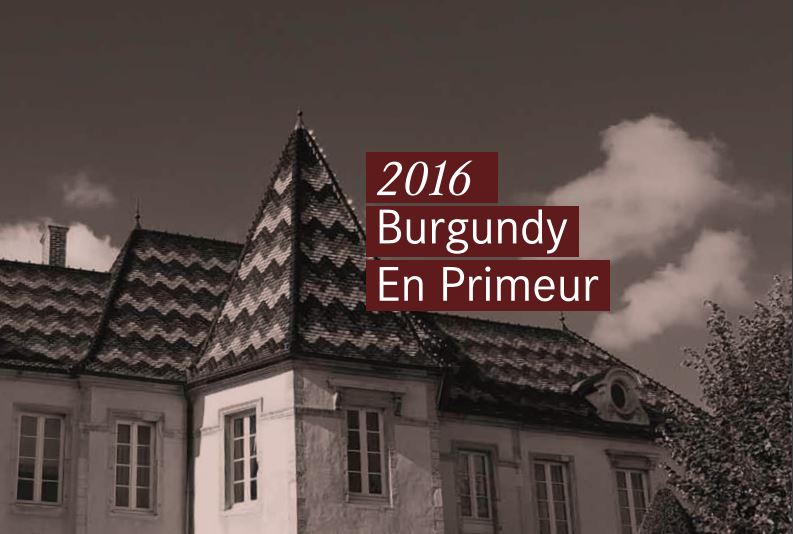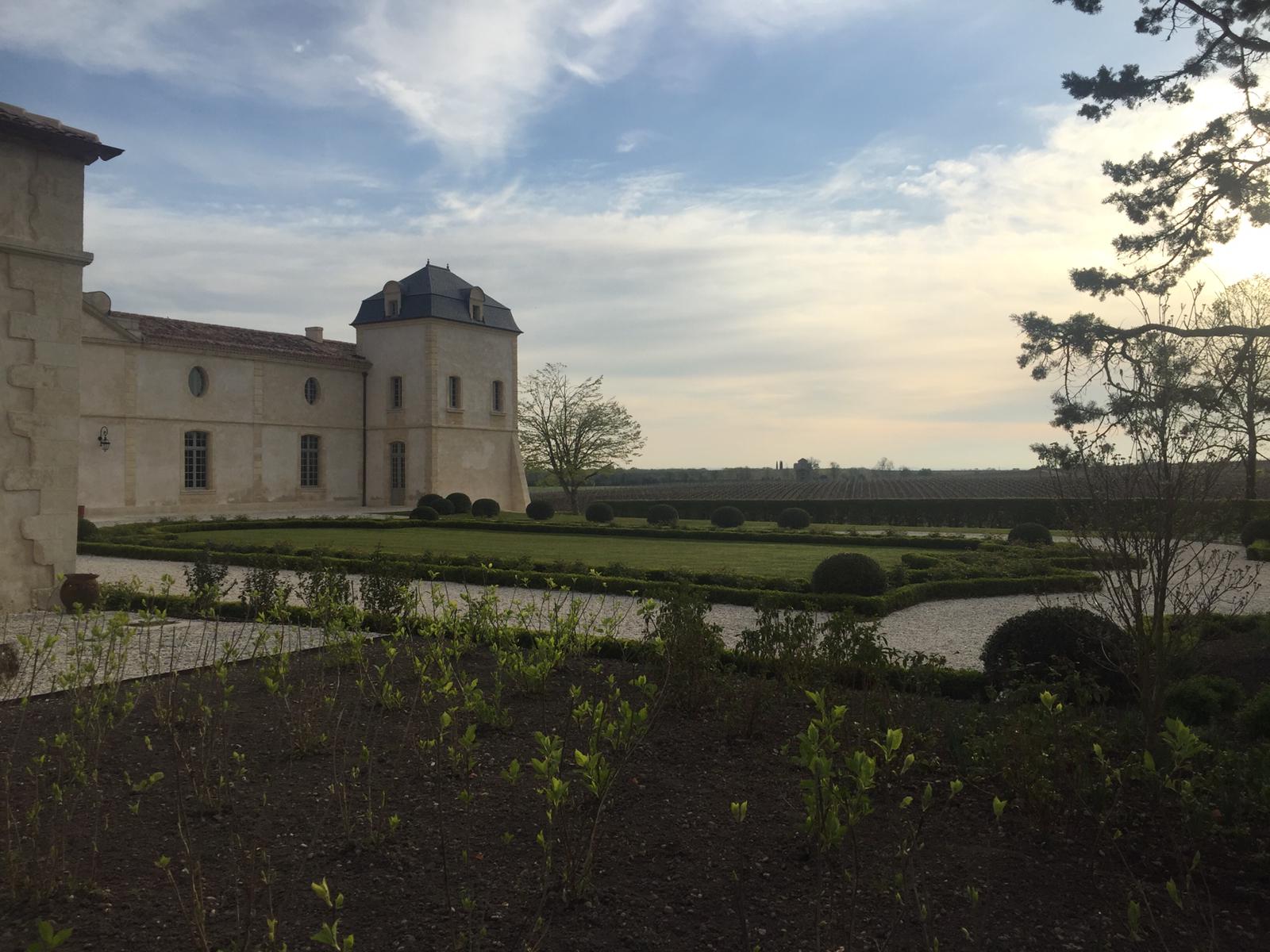
Burgundy 2016: We Need to Talk About Frost
· Ben Pearson Ben Pearson on
If the British love to talk about the weather, the Burgundians will fervently hope that they never need speak of it again in such terms as the 2016 vintage in Burgundy. There is nothing so capricious as nature, and having virtually taken 2015 off during the easiest growing season in living memory, the weather struck back with a cruel vengeance in 2016, testing winemakers almost to breaking point.
For many, perhaps Burgundy’s greatest joy lies in its complexity, but the unprecedented April frosts set the vintage on a course of almost unique complications and conclusions. The frost that completely destroyed some vineyards has bestowed many that survived with an unusual level of concentration due to the low yields. There are also many instances where sites that were hit with frost in April developed a secondary generation of grapes, these grapes set off along a separate path of evolution towards maturity and had to be carefully managed. Some producers picked only the first grapes and produced wines of concentration, some picked everything, others picked a proportion of the second generation and blended, achieving less concentration but perhaps more complexity. Burgundy, it’s complicated.
The frost at the end of April was easily the worst since the 1981 vintage, and many growers state that their grandparents have never seen a more severe example. But what sets this frost apart from others is the scale of damage across the region, and the Crus that were hit. Some of Burgundy’s greatest Grand Crus, Montrachet and Musigny included, were devastated, areas that would typically never see such damage. Frost usually bites hardest at the vineyards at the bottom of the slopes and on the flat, but 2016 devastated some of the best sites on the slopes, and those located in and around the cooling valleys or Combes that provide air circulation were amongst the worst affected.
Those who thought nature would be content with frost were disappointed, it was soon followed by severe attacks of mildew. In a cruel twist, many of the regions that were affected by frost also suffered from mildew, leaving virtually no grapes untouched. The pressure on winemakers was incredibly intense, one vigneron believes that over 60 producers in the region abandoned organic farming due to the problems and the need to spray to try and save both a crop and a livelihood.
Just as everyone was about to pack up and give in, the weather changed as swiftly as it struck, and from July to September nature provided dry, sunny conditions. Those grapes that had survived to this point were rewarded with ideal conditions to gradually attain ripeness. A sheepish mother nature even provided a touch of rain in September to refresh the vines and ease any stress from drought.
A copy of our 2016 Burgundy En Primeur brochure can be downloaded here.


